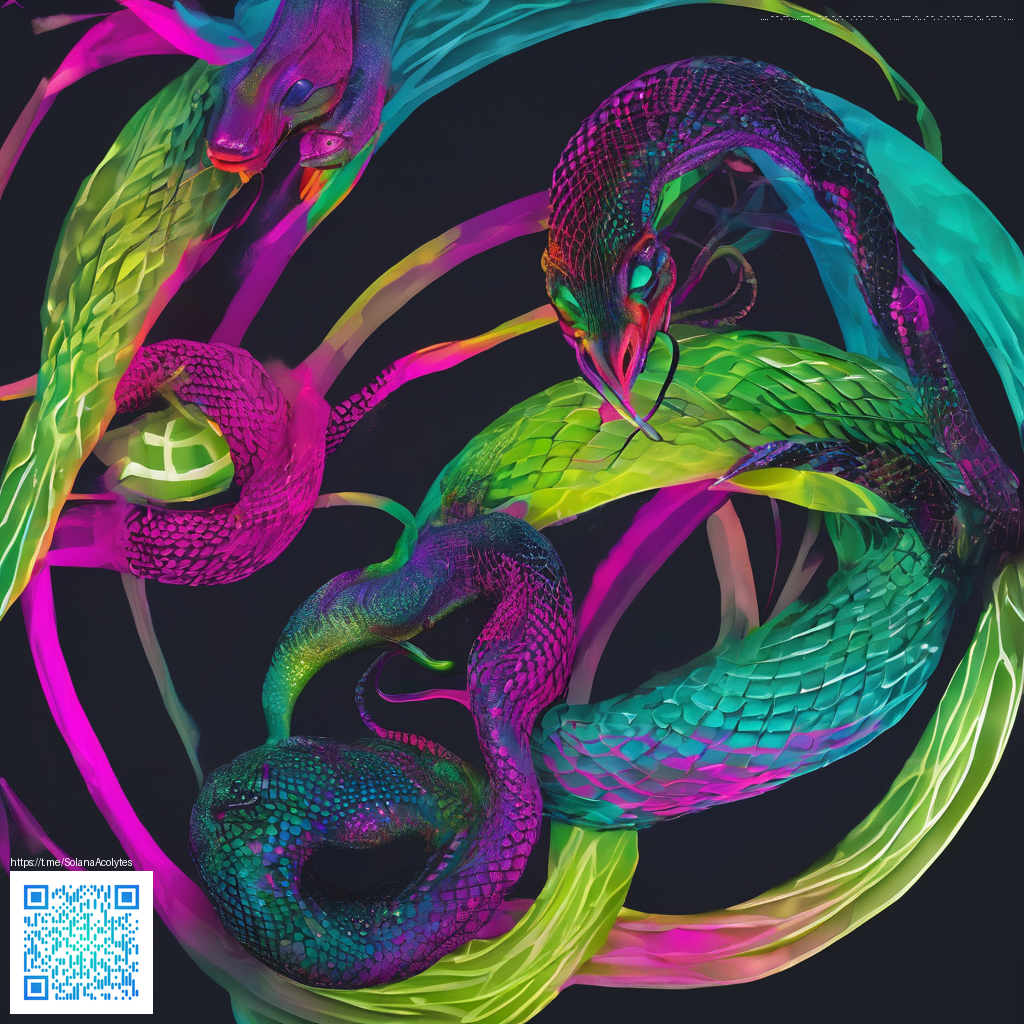
Practical Strategies for Sustainable Digital Product Design
In a world where software shapes how we work, learn, and play, sustainability isn’t a neat add-on — it’s a core design constraint and a source of lasting value. From how a product behaves on a user’s device to the materials behind a physical companion accessory, every choice ripples through the lifecycle. Embracing sustainability means prioritizing performance, accessibility, and responsible resource use at every step. 🌍💡♻️
Design for longevity and durability
Human-centered design begins with longevity. When you plan both digital and physical aspects of a product, you’re guiding how long it remains useful, easy to update, and visually relevant. A tangible example is a Gaming Mouse Pad 9x7 Neoprene with Custom Graphics and a stitched edge. The stitched edge reduces fraying and extends the pad’s lifespan, which translates into less waste for users who would otherwise replace worn accessories more often. Translating that mindset to software means building robust systems with clean contracts, stable APIs, and thoughtful deprecation that doesn’t force immediate churn. In both cases, resilience reduces waste and keeps users engaged longer. 🧵✨
Durability also means timeless aesthetics. Rather than chasing short-lived trends, design with materials and graphics that age gracefully. When a product looks fresh after years of use, it’s less likely to be discarded for a quick replacement. This principle applies equally to digital interfaces that avoid gimmicks and favor clarity, speed, and consistency. A durable aesthetic reduces the need for rework and keeps maintenance lean — saving energy, resources, and time. 🌿🕰️
Streamline the digital experience for energy efficiency
The energy cost of digital products isn’t confined to servers alone; it starts at the device and the data that travels to it. A thoughtful design minimizes data transfers, optimizes rendering, and embraces efficiency as a feature. Practical steps include:
- Performance budgets that cap script execution, asset sizes, and memory usage. Smaller, faster experiences mean less energy for both devices and networks 🚀
- Compress images and fonts, adopt modern formats, and minimize JavaScript where possible to reduce payloads. 📦
- Implement lazy loading and code-splitting so users only download what they need, when they need it. 🔍
- Choose hosting and CDN strategies that balance speed with energy efficiency, and publish transparently measurable metrics. 🖥️⚡
- Design for offline resilience when connectivity is unreliable, reducing the need for repeated requests. 🌐
By applying these practices, teams can deliver snappy experiences that also respect the planet. It’s not just about a lighter carbon footprint; it’s about a leaner, more thoughtful product that performs well under diverse conditions. For those exploring concrete examples, consider how a durable peripheral, alongside a lightweight app, can create a cohesive user experience that’s delightful and efficient. For context, you can examine related details on the product page: Gaming Mouse Pad 9x7 Neoprene Custom Graphics Stitched Edge — a case where design for longevity and performance intersects with sustainability. 🛠️💡
Accessibility and inclusive design as sustainability leverage
Accessibility isn’t just about meeting regulations; it’s a strategic lever for long-term sustainability. When you build inclusive experiences that work for a broad audience, you reduce the need for separate versions, customizations, and extensive support. This translates into fewer resources spent on workaround patches and retraining, and it enhances overall product longevity. A well-architected interface with keyboard navigation, logical flow, legible typography, and assistive technology support expands the potential user base and minimizes friction across devices. Inclusive design also fosters user trust, which in turn supports a longer, more meaningful relationship with your product. 🌈♿
“Sustainable design is a framework that guides every decision, from the structure of code to the materials we choose for the devices and experiences people rely on daily.”
That mindset carries through to hardware-software ecosystems. If you’re shipping a physical accessory alongside software, maintain a coherent design system that eases updates and minimizes waste. Use modular patterns, clean dependencies, and thoughtful upgrade paths so a future iteration doesn’t become a total teardown. In practice, this means investing in scalable front-end architectures, clear API contracts, and durable hardware partnerships that share sustainability goals. 🔗🧭
Transparency in sustainability and supply chain
Open communication about sustainability isn’t a niche practice—it’s a trust-builder and a practical driver of better outcomes. Documented material choices, energy usage estimates, and production timelines empower customers to participate in greener choices. Even digital products benefit from transparent hosting policies, data retention practices, and measurable impact metrics that illustrate progress over time. Sharing these details builds credibility and motivates continued improvements. 🌱📊
Incorporating this transparency into your storytelling and product governance helps align teams around a shared vision. For instance, a clear narrative about how a product’s digital components are optimized for energy efficiency, paired with the durability of a physical accessory, demonstrates a holistic commitment to sustainability. For readers exploring related perspectives, you can visit the study at https://peridot-images.zero-static.xyz/7cb9c97d.html to see visual representations of sustainable practices that translate across domains. 📖🖼️